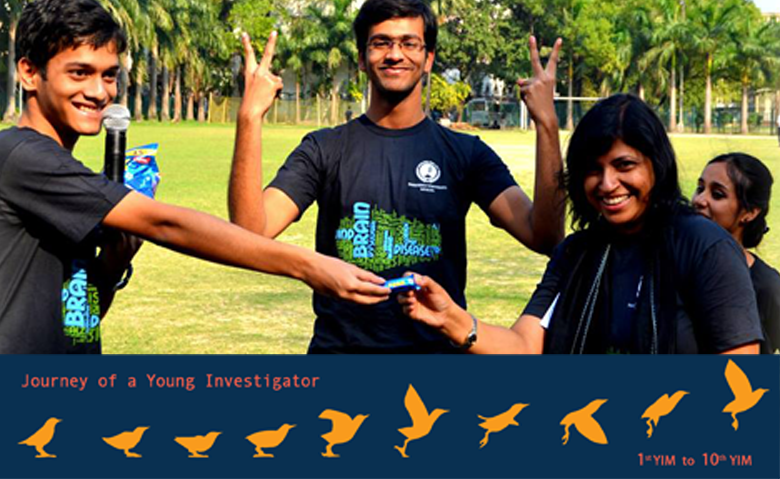Piyali Mukherjee is an Assistant Professor at Presidency University, Kolkata. She attended YIM 2014 as a YI. She is also one of the organisers of YIM 2018. In this guest post she shares her thoughts on ways and means of bridging the gap between teachers and students. Needless to say, the process of building these bridges has been an extremely rewarding experience for her.

“A teacher can never really teach unless he is still learning himself”.
In the age of the internet and emerging new technologies, the existence of classroom teaching is being questioned over and over again. I have very little doubt that the young minds are capable of learning on their own but after my five years’ stint as a teacher, I feel that a teacher’s role in the life of a student goes way beyond academics. Teachers play a tremendous role, not only in the academic achievement of students but in the skills, attitudes and abilities they carry with them beyond the classroom.
During the time I joined the Presidency University, it was transitioning – from being a100-year College to a University. A new generation of research minded people was stepping into the shoes of older experienced teachers and this was a time when my experience and role as a teacher was under a shadow of doubt. I was not alone in this journey; my colleagues who joined the University around the same time had the same apprehension. We realized that there was a huge gap in the understanding between the teacher and the student and the hierarchy still exists. As we buckled down to break the hierarchy, the first hurdle in the path was to help our students to start thinking beyond their text book. They were used to traditional teaching methods, such as, notes, steeped in science that was often out of times. We started using power point presentations that focused on understanding concepts, introduced recent advances in science and research methodologies.
One day, during the summer of 2014, as I was wrapping up the day’s work three young students came to me and said they wanted to work in my lab. What they called my lab back then was a newly renovated room with a few simple instruments. I said an impulsive yes and felt as if for the first time I had succeeded in bridging a small part of the gap. This was the beginning of my real journey with my students where I understood and appreciated that the process of learning is actually two-way. It’s been great to share my passion and instill in them the same excitement towards science that I have. They argue, they discuss and they sometimes fail, but it only brings us closer academically and every day becomes a new learning experience.
With the encouragement of my students, we have started team “Brain Matters”, a student outreach program directed towards brain function and diseases. This is a platform where the students become teachers and it is always fascinating listening to them, how they motivate the younger minds and draw them into active participation. Besides this community outreach program, we also conduct Brain Awareness week at Presidency University each year with the undergraduate students. This not only helps in building team spirit among the students but also brings out their creative side.
Over the past five years, we have overhauled our entire teacher-student experience: we have open-door policies, classroom teaching is more interactive, and students are actively engaged in the design and dissemination of novel empirical research ideas. They challenge our ideas, share their problems and sometimes even help us solve ours. They do not stand up or stop in their path as we meet but they walk alongside to discuss their latest shopping experience or how they are unable to manage time between the lab and their courses. Each day of my life as a teacher is filled with new challenges, gathering new knowledge from my students and ongoing attempts to inspire them not only in science but also help bring out their creative side and do the extraordinary. The foundation of the bridge has been laid, it will be a few more years before we cross over to the other side.